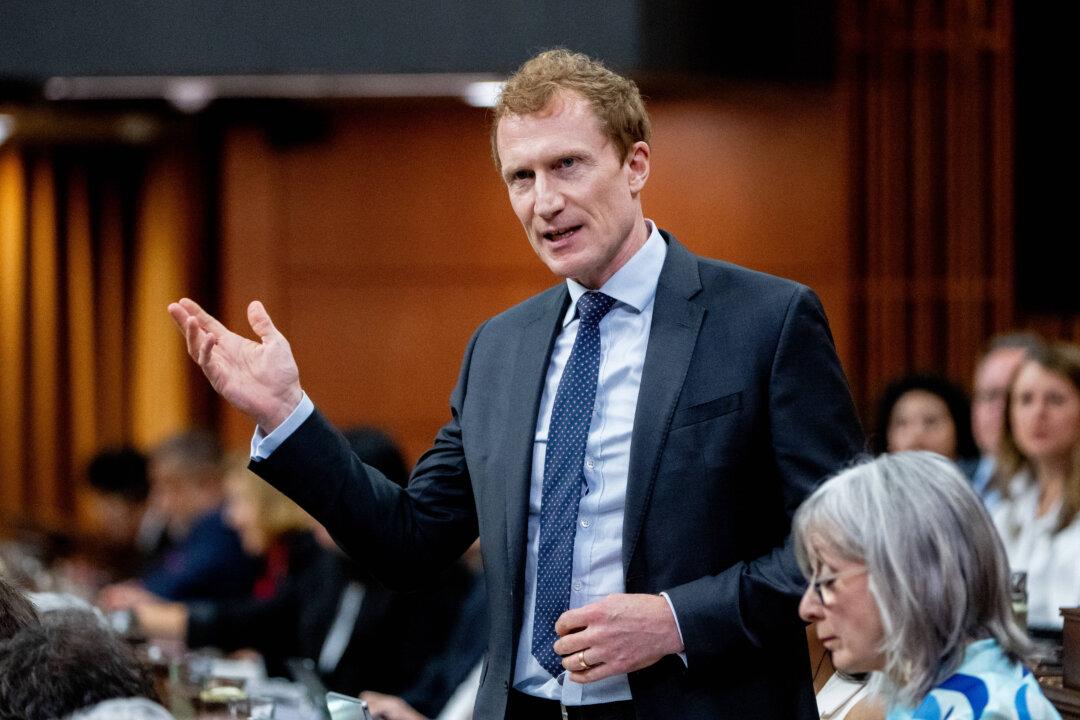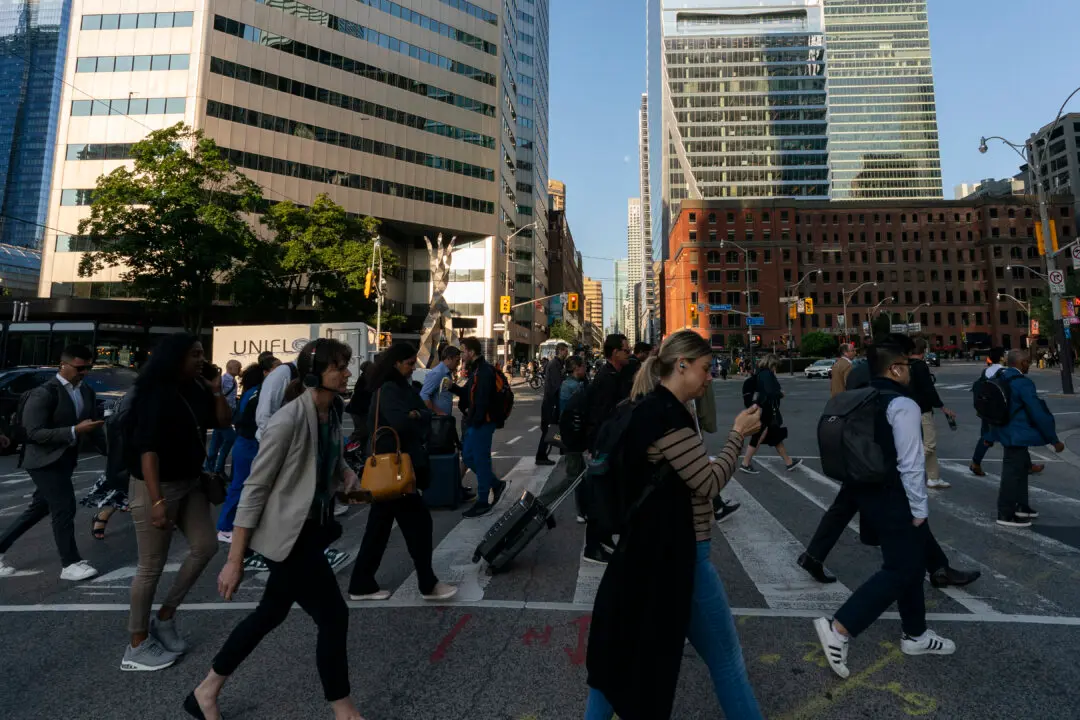Although international education brings in over $22 billion in economic activity to Canada each year, the rapidly expanding international student program has also brought a host of problems, causing Ottawa to reverse course and stem the flow of students.
The federal government issued approximately 682,000 international study permits in 2023, amounting to some 1,868 permits per day. However, due to increasing issues relating to housing shortage and affordability and companies registered as institutional institutes abusing the program the government said it would cut back on admissions, while some provinces are introducing their own limits on international student intake.





